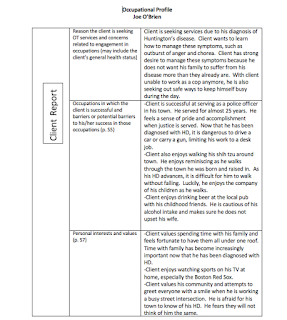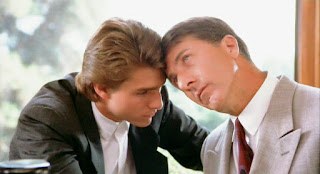Neuro Note 4
For my final neuro note, I decided to begin by searching Netflix without a set concentration. I decided to watch My Beautiful Broken Brain, starring and co-directed by Lotje Sodderland, a young woman whose life was turned upside down when she had a hemorrhagic stroke at the age of 34. One of the reasons I chose to watch this documentary was because of the type of stroke she had. Earlier this semester I learned about cerebrovascular accidents. I was able to identify her stroke as hemorrhagic before revisiting my notes. Lotje was especially interesting to me since hemorrhagic strokes only account for about 13% of strokes, and are more fatal. I was immediately attracted when the film started with her recount while having the stroke. I was surprised at the detail of her description as she talked of first feeling an excruciating headache and then acknowledging that she was unable to talk. She recalls crazy colors and sounds before blacking out in a hotel bathroom. I was cu


